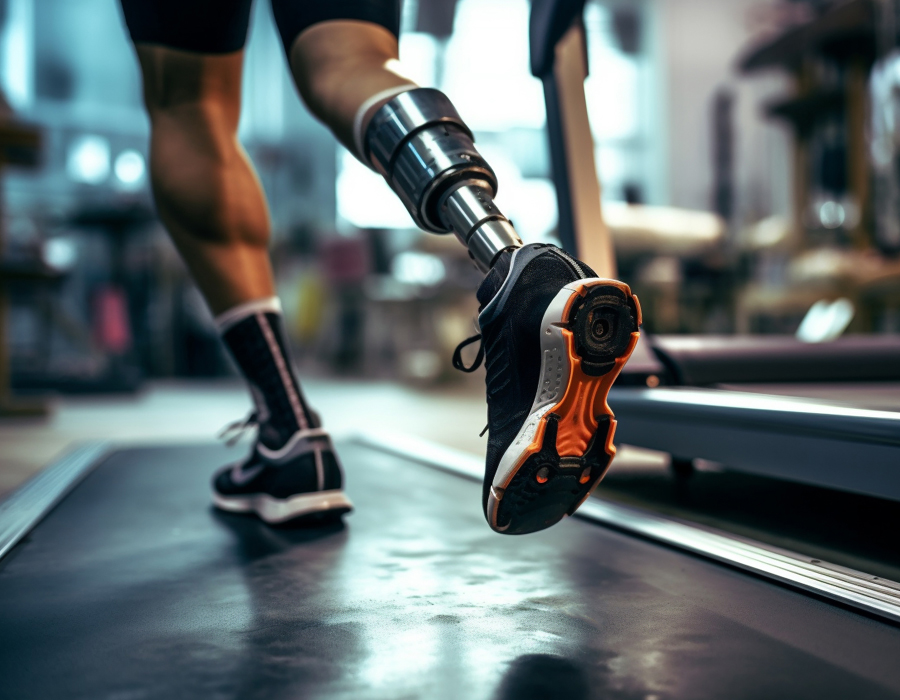Last Updated on 22/08/2023 by Sarah Sarsby
CE marking[1]: Post-Brexit, the UK has allowed CE-marked medical devices to remain on the UK market. In GB this is for a transitional period (see below and Section 4), and under the NI Protocol (updated by the Windsor Framework), CE marking will be required for medical devices being sold in NI. Under European requirements, medical devices are required to demonstrate compliance by display a CE mark to be sold legally in the EU (and for as long as the CE mark continues to be accepted in the UK). See MHRA: Medical devices: EU regulations for MDR and IVDR (Northern Ireland) for CE requirements to place products on the NI market, including importer and registration obligations.
UKCA marking[2]: Where a medical device is placed on the GB market, by demonstrating compliance with the UK MDR 2002 (as amended) UKCA mark should be displayed. UKCA marking is not currently mandatory for medical devices placed on the GB market, but will become so on expiry of the transitional periods introduced by MHRA’s Spring 2023 Statutory Instrument (SI)[5] (see Section 4 for full detail. Under the new UK regulatory regime, planned to be introduced from 1 Jul-25, similar requirements to those introduced by EU MDR/EU IVDR will apply, and medical devices in the UK will require a UKCA mark. (NB, current UK law (SI 2020 No. 1478) stated that the UKCA mark was required from 01-Jul-23 – but MHRA laid an SI in Spring 2023 removing this 01-Jul-23 date and stated in its Implementation of Future Regulations Guidance that the planned inception date of the new UK regime is 01-Jul-25.)
UKNI marking[3]: Under the terms of the NI Protocol from 01-Jan-21, the rules for placing medical devices on the NI market will differ from those applicable to GB. As a result, the EU MDR and EU IVDR already applies in NI from 26-May-21, and 26-May-22 respectively, in line with the EU’s implementation timeline. To apply a CE mark, high-risk medical devices and IVDs require review from an EU Notified Body. However, where a UK assessment body has provided an assessment in line with EU MDR or EU IVDR, a UKNI mark must be applied also; MHRA guidance states:
“UK Notified Bodies can apply to be designated under the relevant EU legislation for the purposes of conducting conformity assessments for the Northern Ireland market. Please note that there are currently no UK Notified Bodies designated to undertake such assessments under the EU MDR or the EU IVDR. This section outlines the criteria for affixing a UKNI marking to devices should any UK Notified Bodies be designated in future. In addition to the CE marking, device manufacturers will also need to apply the UKNI indication if they choose to use a UK Notified Body (should any be designated in future) for mandatory third-party conformity assessment. Device manufacturers must never apply the UKNI indication on its own – it must always accompany a CE marking.”

Transitional arrangements (Section 4 below) mean, however, that the CE mark will continue to be accepted to place medical devices on the UK market for the immediate future (in some cases until as late as June 2030).
Medical devices fall into the following five groups across three Classes:
IVDs vary hugely from medical devices (despite being a sub-category of medical device) and therefore, these products have a different classification structure.
Under the UK MDR 2002 (as amended), IVDs fall into the following four groups across three classes:
Class I devices and general IVDs are “self-certified”; a manufacturer is responsible for assembling and maintaining technical files and other compliance documents in line with the regulations, and then makes a Declaration of Conformity (per product). The Declaration is lodged with the relevant national regulatory authority (MHRA in the UK), which may ask to examine technical files. A Declaration lasts for as long a product remains “substantially unchanged” in design, purpose, or application. As of 2022/23, the costs for placing a Class I device or general IVD on the UK market (exclusive of companies’ own regulatory/compliance staff overheads) can be estimated as follows:
Class I Special Function (measuring, sterile or reusable) , all Class II-and-above devices, self-test IVDs, IVDs included in Annex II list B, and IVDs included in Annex II list A are “3rd-party-assessed”; a manufacturer must obtain and maintain an EC or UKCA Certificate, through a a UK Approved Body (UK AB; designated by MHRA) or EU Notified Body (EU NB; designated by a European Member State) – independent companies appointed under law by a relevant national authority – to, which provide 3rd-party technical and compliance assessment. Provided a product remains “substantially unchanged” in design, purpose, or application, a certificate lasts for a set period of time (e.g. 3-5 years), after which 3rd-party re-certification must take place to verify continued conformity. As of 2022/23, the costs for placing a Class I Special Function, Class II-and-above device, self-test IVD, IVD included in Annex II list B, or IVD included in Annex II list A on the UK market (exclusive of companies’ own regulatory/compliance staff overheads) might be estimated as follows:
[1] Conformité Européene.
[2] UK Conformity Assessed.
[3] UK Northern Ireland.
[4] UK Statutory Instrument, 2023 No. 627, The Medical Devices (Amendment) (Great Britain) Regulations 2023, Part 4.